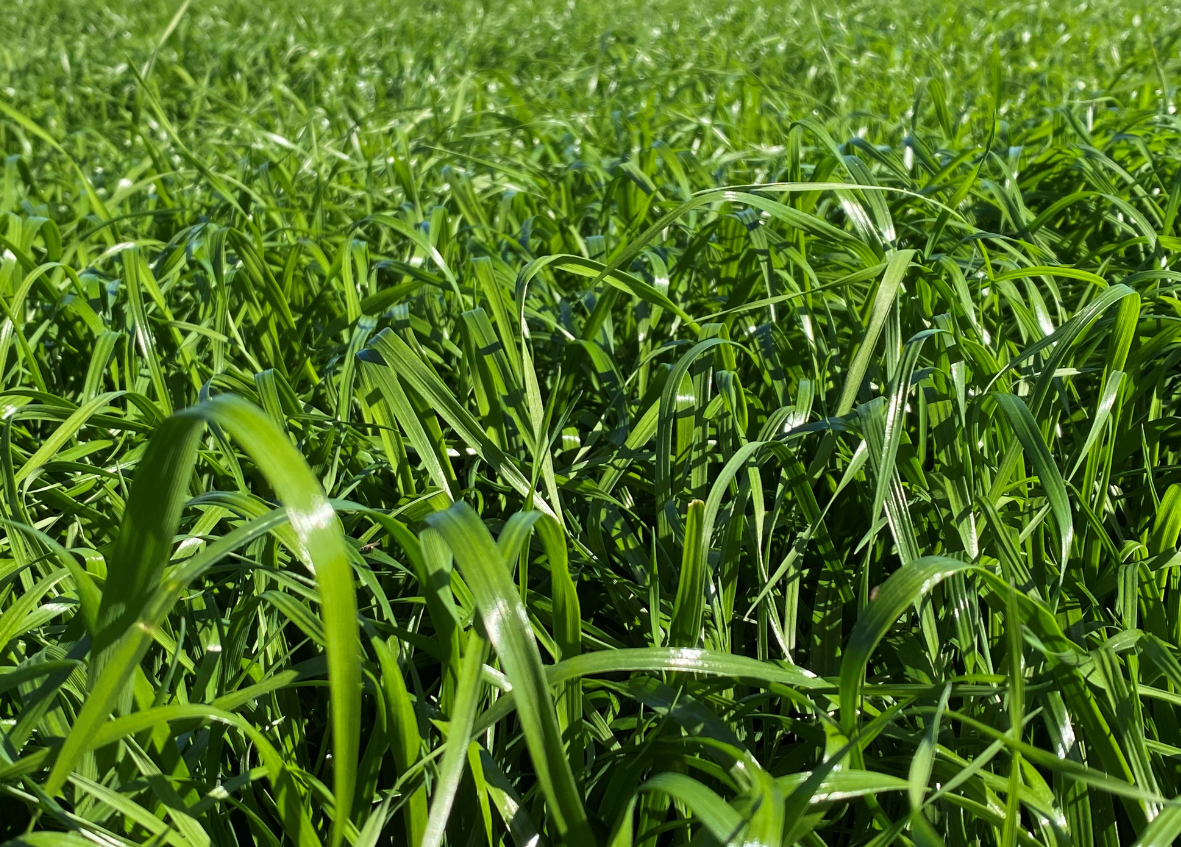Hart, SA
Site type:
Trial Site
Established: 2023-current
- Cropping
- Pastures
- Soil Health
- Vetch
S&W Seed Company’s commitment to delivering innovative, high-quality products to its customers is evident in our involvement in the Hart Trial Site in South Australia. As part of a grower group project, the large-scale site conducts research and case studies into cropping, pasture, and soil health in the mid-north region of South Australia.
S&W’s proprietary varieties have been included in the trial and focus on pasture options for local sheep producers, as well as a vetch study. The inclusion of S&W’s varieties is a testament to the company’s reputation as a leading supplier of high-quality seeds that are tailored to the local climate and soil conditions.
Through its ongoing involvement in the Hart Field Site Pastures Trial Site, S&W is helping farmers to optimize their yields, improve their profitability, and ensure the sustainability of their operations.
Latest Trial Site Updates
Discover the latest news from our trial and demonstration sites across Australia.
Latest Trial Data
Research, development, and extension activities are a significant focus at S&W Seed Company. Growers can access historical and current
trial research information and data on a wide range of topics to assist in decision making, planning, and implementing new management practices.
-
Grazing Tolerant Lucerne Selection Trial
The Grazing Tolerant Lucerne Selection Trial conducted by S&W Seed Company focused on evaluating the grazing tolerance of new lucerne material.
-
Lucerne Feed Quality Trial
The Lucerne Feed Quality Trial was conducted with the aim of assessing the standing forage quality of various commercial lucerne varieties as two-year-old stands.
-
L70 Lucerne v Aurora Comparison Trial
The S&W L70 Lucerne vs Aurora trial aimed to compare the performance and attributes of L70 Lucerne and Aurora, two varieties of lucerne forage crops.
-
Lucerne Live Weight Gain Trial 2014
Throughout the duration of the trial, all varieties were exposed to the same environmental conditions and assessed equally by being grazed simultaneously by three grazing groups of steers; one group on each variety at any time.
